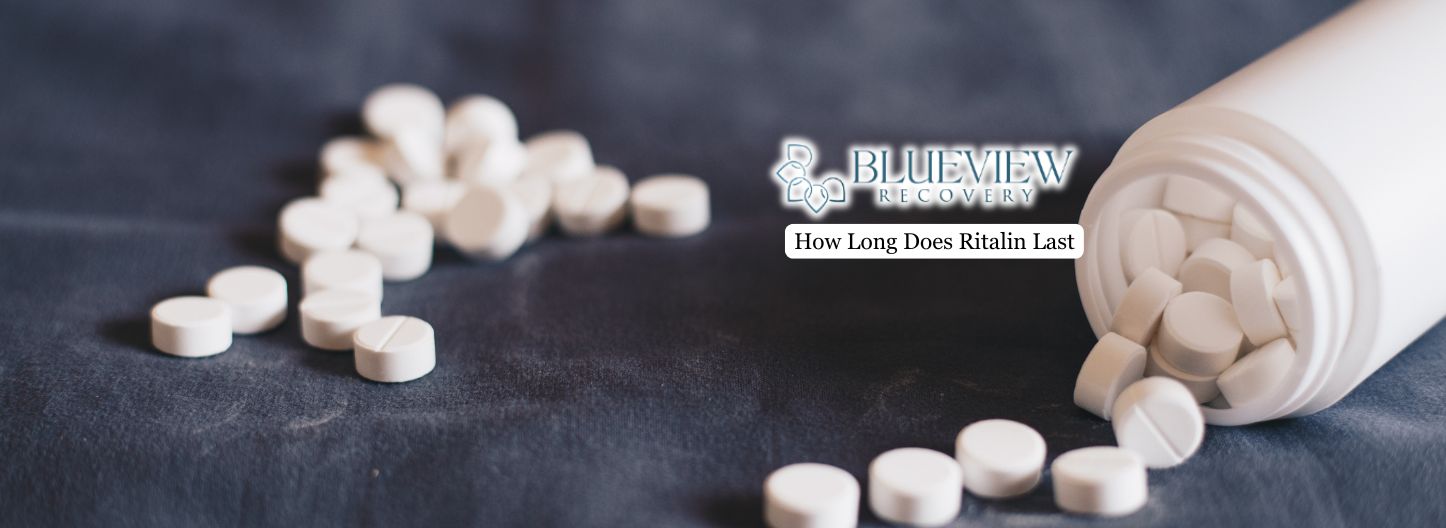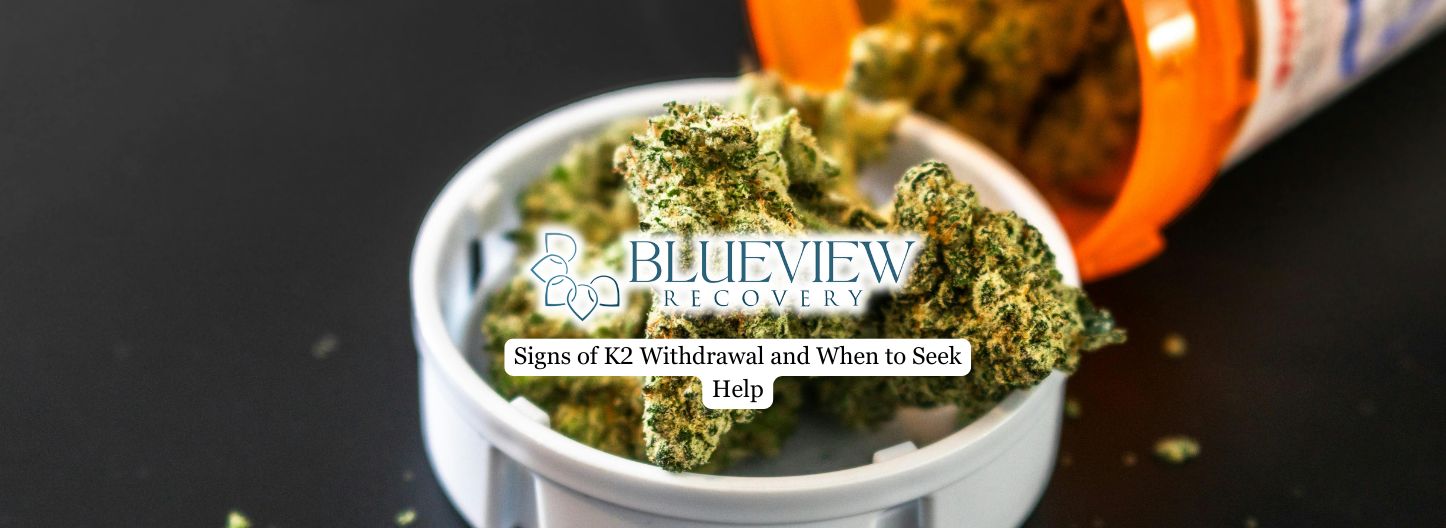Ritalin is a commonly prescribed stimulant medication used to manage attention-deficit hyperactivity disorder (ADHD) and narcolepsy. Knowing how long it lasts in the body is vital for those taking it, as timing influences its benefits, side effects, and overall well-being.
This article explains how it works, how long its effects typically last, and the key factors that influence its duration to help users make informed decisions about treatment and usage.

How Ritalin Works in the Body
Also known as methylphenidate, Ritalin is a central nervous system stimulant that affects brain chemicals responsible for improving focus, alertness, and self-control, helping people manage daily activities more effectively.. It increases dopamine and norepinephrine activity, enhancing alertness and concentration. The effects usually begin in 30 to 60 minutes of taking the medication, depending on whether it is taken on an empty stomach or with food.
Long-term or excessive use of the medication can lead to dependency, which is why treatment for Ritalin addiction is essential for those struggling to break free from prescription drug abuse.
The medication is available in various formulations designed to release its active ingredients at different rates throughout the day. Some versions act quickly but wear off faster, while others provide a gradual release for longer-lasting effects. These variations determine how long it remains active and how consistently symptoms are managed.
Duration of Immediate-Release Ritalin
Immediate-release forms usually stay active in the body for about three to four hours. Because of this short duration, people often take multiple doses daily to maintain steady symptom control. A common schedule involves doses spaced roughly four hours apart. Doctors tailor dosing schedules to match school, work, or activity hours to help maintain focus and minimize mood changes.
As the effects fade, some users experience what’s known as a “Ritalin crash.” This occurs when dopamine levels drop, leading to fatigue, irritability, or reduced concentration. These symptoms highlight the importance of consistent medical supervision to balance dosing and prevent discomfort as the medication wears off.
Duration of Extended-Release Ritalin
Extended-release formulations like Ritalin LA and Concerta release medication gradually, allowing effects to continue for eight to twelve hours. These versions are taken every morning, offering a smoother and more consistent experience without the frequent dosing required by immediate-release types. The slow-release mechanism ensures that the medication’s effects are distributed evenly throughout the day.
However, the actual duration can differ based on metabolism, body chemistry, and dosage. Some people may feel the effects for only eight hours, while others notice benefits lasting close to twelve. Because of these variations, healthcare providers may adjust the type or dosage of the medication to achieve optimal results with minimal side effects.
Factors That Determine How Long Ritalin Lasts
The dosage and formulation are the most obvious, with higher doses or long-acting forms lasting longer. Metabolism also plays a key role. Those with faster metabolism may process and eliminate the medication more quickly, shortening its duration. Body size and age also contribute. Younger people or those with smaller builds may experience longer-lasting effects due to slower metabolism.
Food intake can affect absorption, as taking Ritalin with meals may slow its onset while slightly extending its action. It generally does not cause body mass to increase more often, but it’s linked to reduced appetite. Weight changes after stopping this prescription drug are usually related to appetite rebound. Additional medications may also influence metabolism or appetite in some cases. Tolerance can develop over time, making the medication feel less effective or shorter-acting.

Managing Ritalin’s Effectiveness and Side Effects
Finding the right balance is essential for maintaining benefits without unwanted side effects. Some users notice reduced effectiveness over time, while others experience increased restlessness or sleep disturbances. The stimulant can also cause or worsen anxiety, particularly when taken in higher doses without medical supervision.
It should only be taken under medical supervision and is generally considered safe as a stimulant medication when used as prescribed. However, misuse, such as taking higher doses, using it without a prescription, or combining it with other stimulants, can lead to dependence or serious cardiovascular and psychological risks. For those struggling with misuse or withdrawal, professional help is vital to ensure safety and long-term stability.
Final Thoughts from Blueview Recovery
How long Ritalin lasts depends on several factors, including the formulation type, dosage, and each person’s metabolism. Immediate-release versions last about three to four hours, while extended-release forms can remain effective for up to twelve hours. Understanding these differences is crucial for using it safely and effectively.
At Blueview Recovery, our Ritalin addiction treatment program in Philadelphia, PA, offers evidence-based therapies tailored to address stimulant use disorder. Through individualized counseling, behavioral therapy, and medical oversight, our team helps clients safely reduce dependence while improving focus and emotional regulation. We’re dedicated to guiding each person toward stability, mental clarity, and sustainable recovery through comprehensive care.





